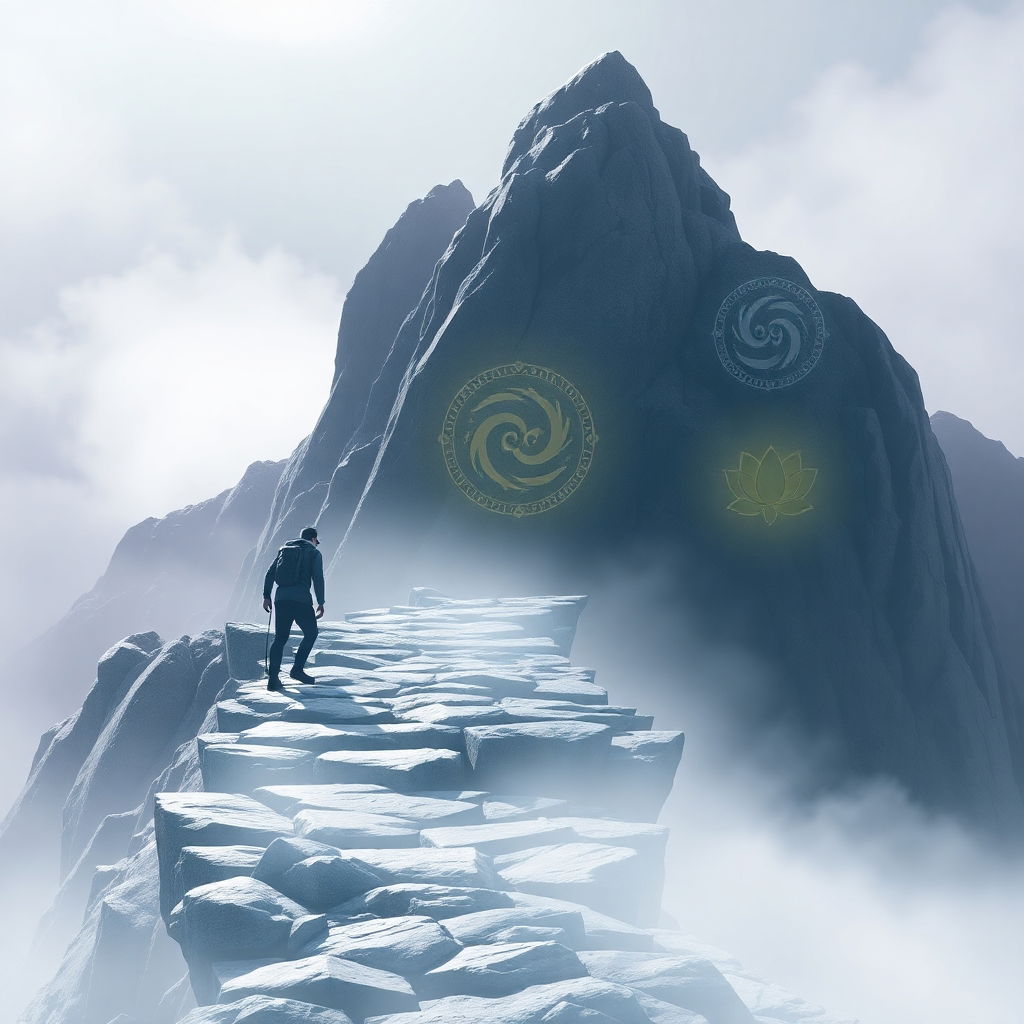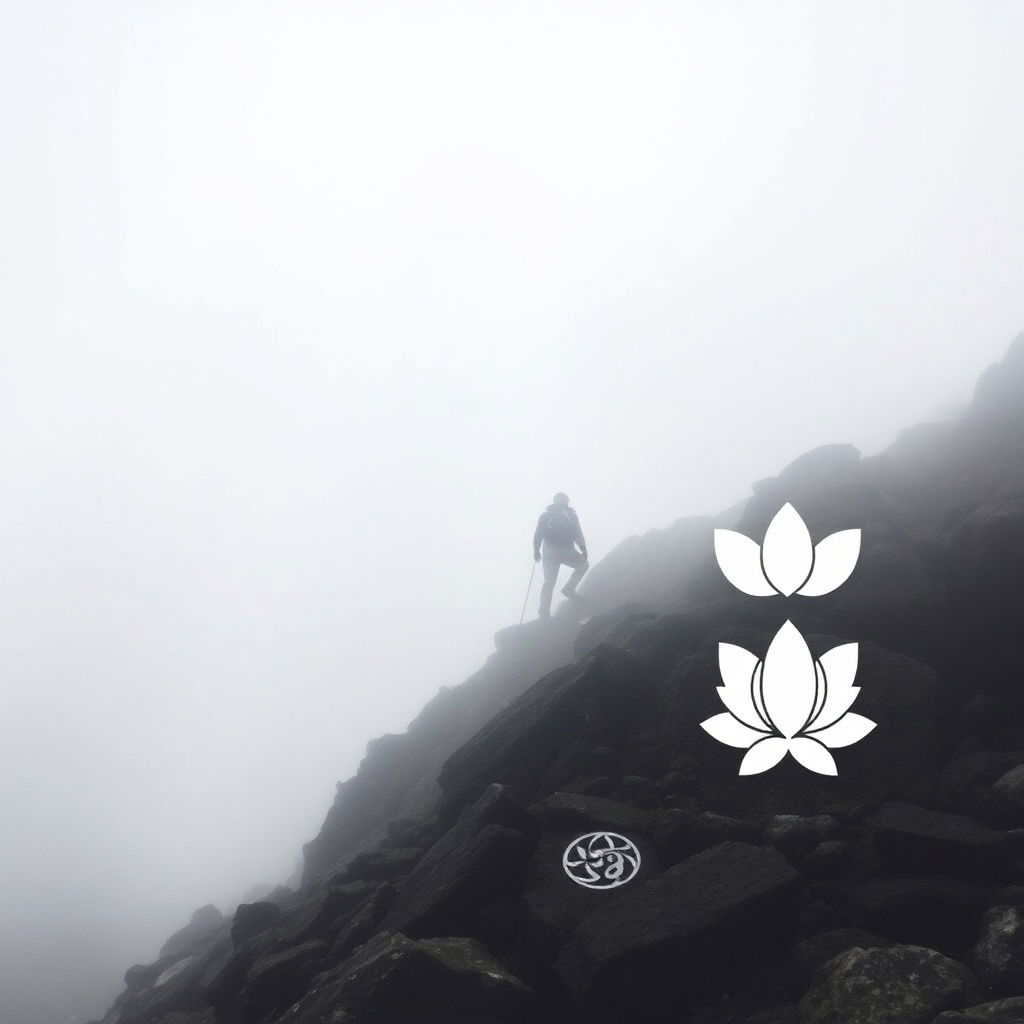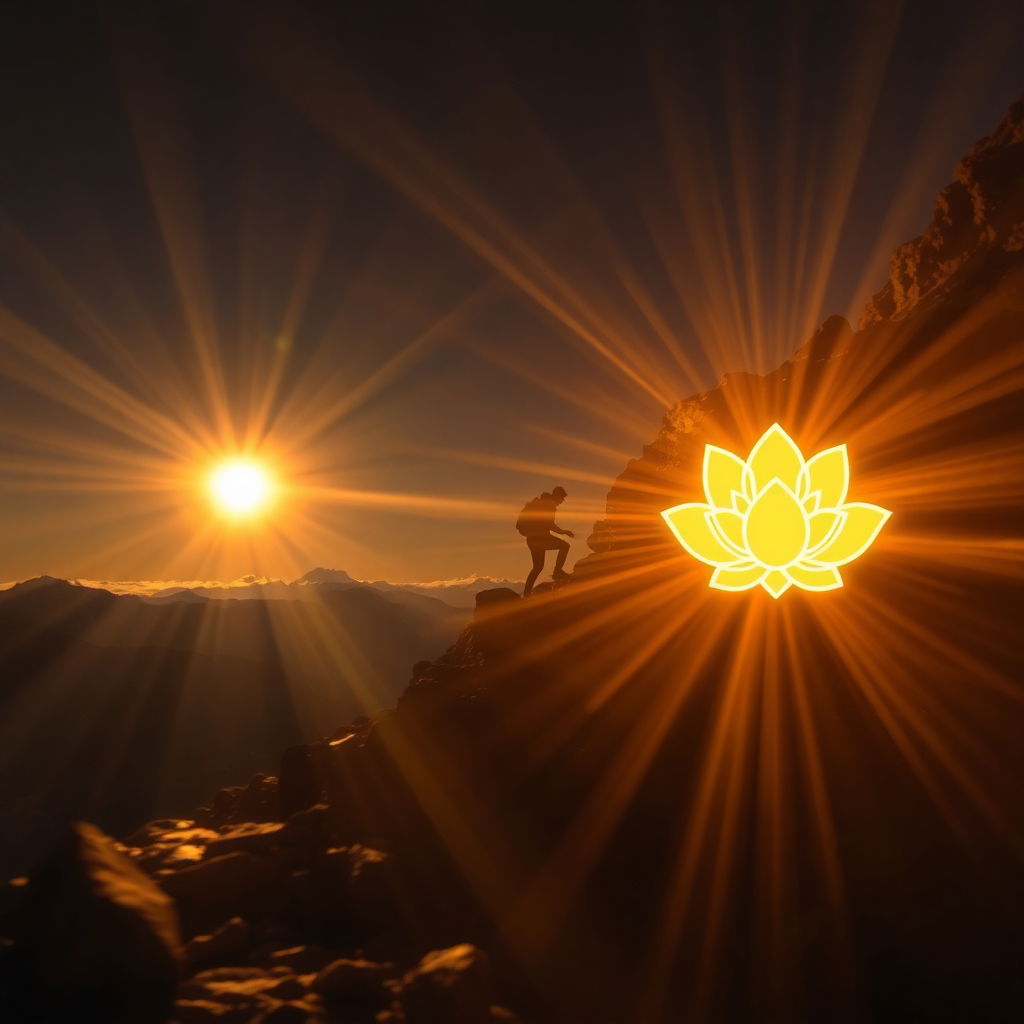holistic Wholeness special

The Divine Spirit and the Journey Toward Wholeness: A Crossroads of History, Spirituality, Psychology, and Healing
Throughout history, human beings have sought something beyond survival — a sense of wholeness, purpose, and connection to what many call the “divine spirit.” Whether approached through religion, mysticism, philosophy, or psychology, this search reflects a universal longing to mend the fragmented soul and achieve inner integration. This process, often called individuation in psychology, has taken on many forms across cultures and eras, each offering unique insights into the healing of the human spirit.
Historical Roots: Sacred Pathways Across Cultures
The idea of the divine spirit is ancient and widespread. Indigenous traditions speak of a Great Spirit or animating life force present in all things — trees, animals, rivers, stars — offering humans a path of reciprocity and balance. In the East, Taoism points to the Tao, the ineffable source behind all creation, while Hinduism offers concepts like Atman (the inner self) and Brahman (ultimate reality) as expressions of divine unity.
In Western traditions, the Abrahamic faiths present a personal God with whom individuals can enter into covenant and relationship. Christian mystics like Meister Eckhart spoke of a “spark of God” in the soul, while the Sufis in Islam celebrated divine love as a path to transcend the ego and reunite with the Beloved.
These traditions, while differing in form, share a core intuition: that healing and wholeness come through reconnecting with something larger than the isolated self — a divine presence that lives both within and beyond.
The Psychological Turn: Individuation and the Inner Journey
In the 20th century, psychology began engaging these spiritual concerns with new language. Carl Jung’s theory of individuation stands out as one of the most influential. For Jung, individuation is the lifelong process of integrating the conscious and unconscious parts of the psyche, reconciling opposites (light and shadow, masculine and feminine, spirit and matter) into a more unified self.
Jung was deeply influenced by myth, religion, and alchemy. He saw the “Self” — his term for the organizing center of the psyche — as an archetype that points toward wholeness, and he believed symbols of the divine (like the mandala, the cross, or the philosopher’s stone) reflected the soul’s movement toward completeness.
Other psychological perspectives have added rich layers to this picture. Humanistic psychologists like Abraham Maslow spoke of self-actualization — the fulfillment of one’s highest potential — which he eventually expanded to self-transcendence, emphasizing experiences of unity, awe, and connection to something beyond the individual. Transpersonal psychology explicitly integrates spiritual experiences, recognizing them as central, not peripheral, to psychological health.
Healing as Integration: The Sacred Work of Wholeness

From both spiritual and psychological points of view, healing is not merely the elimination of symptoms but the restoration of connection — to self, to others, to the natural world, and to the sacred. Practices like meditation, prayer, ritual, dreamwork, and even psychotherapy become tools for this integration.
In trauma work, psychologists like Peter Levine and Bessel van der Kolk emphasize restoring connection between body, mind, and emotion — a kind of somatic individuation. Meanwhile, modern mindfulness practices, adapted from Buddhist traditions, help ground awareness in the present moment, reconnecting individuals with both their inner lives and the greater field of life.
A Plurality of Pathways: Diverse Views, Shared Longing
Different cultures and psychological schools may frame the process in distinct ways:
- In Buddhism, the journey is toward liberation from the illusion of a separate self.
- In Christianity, it’s a path of redemption and sanctification through grace.
- In Jungian psychology, it’s the integration of archetypes and the realization of the Self.
- In existential psychology, it’s the acceptance of mortality and meaning-making despite life’s inherent limitations.
- In indigenous traditions, it’s a relational healing with ancestors, land, and community.
Yet across these views, we see the same essential pattern: the human being as a creature of longing, seeking reunion with the sacred ground of being — whether framed as God, spirit, Self, or cosmos.
Conclusion: The Ongoing Work of Becoming Whole
The search for wholeness is not a one-time event, nor does it guarantee a life free of suffering. Rather, it is a continuous unfolding — a dance between fragmentation and integration, loss and renewal. The divine spirit, in this view, is not an external reward but an inner guide, drawing us toward fuller presence, deeper authenticity, and a more profound communion with life.
In a world increasingly fragmented by technology, distraction, and disconnection, the call toward healing and individuation feels more urgent than ever. Whether through ancient wisdom or modern psychology, the invitation remains the same: to journey inward, confront our shadows, awaken to the sacred, and embrace the lifelong art of becoming whole.

--
Shanti Panda: Healer of the Divine Spirit and Herald of Holographic Wholeness
In an age of fragmentation—where minds race, bodies falter, and spirits grow restless—there arises a figure who moves not as a doctor of the body or a preacher of the word, but as a weaver of wholeness across dimensions.
His name is Shanti Panda, and he is not merely a mystic, nor only a guide—he is a healer of the holographic self, a living embodiment of Taoist flow, divine spirit, and cosmic individuation.
🌿 The Holographic Holistic Vision
To Shanti Panda, healing is not simply the removal of illness or the calming of the mind. It is the awakening of the complete being—a return to wholeness that includes the physical, emotional, mental, spiritual, and cosmic layers of the self.
He teaches that each person is not an isolated fragment, but a holographic fragment of the Whole, containing within themselves the very pattern of the universe. To heal one’s life is not to chase perfection, but to awaken to the beauty of one’s unique place in the cosmic dance.
Wholeness, in Shanti Panda’s path, is not uniformity—it is individuation, as Carl Jung envisioned: the sacred process of becoming fully oneself, so the divine can shine through one’s particular form.
✨ Tao Spirit and Flowing Medicine
Rooted in the wisdom of Taoism, Shanti Panda walks in alignment with the spirit of flow—wu wei, or effortless action. His healing presence does not impose change, but creates space where the natural rebalancing of life can occur.
He teaches:
- Stillness as medicine: In stillness, the body realigns, the mind clears, and the spirit hears its original song.
- Flow as freedom: When we stop forcing, we enter the river of life where everything is guided toward its place.
- Paradox as portal: Healing happens when we allow both light and shadow, both strength and softness, to coexist.
Shanti’s message echoes through the worlds:
“You are already whole; healing is the art of remembering.”
🌌 Healing Through Holographic Individuation
Shanti Panda’s vision of individuation is not about separation, but about deep embodiment. Each person is called to:
- Reclaim their authentic essence
- Integrate their fractured parts
- Express their uniqueness as a gift to the collective whole
In this holographic model, as one heals and individuates, the entire matrix of humanity receives a ripple of transformation. You heal yourself, and the world shifts. You awaken, and the matrix responds.
His healing isn’t confined to temples or clinics—it flows in digital meditations, city gardens, augmented reality ceremonies, and spontaneous gatherings where people share stories, music, and silence.
🌟 Shanti’s Tools of Healing
Unlike traditional healers, Shanti Panda carries no pills or prescriptions. Instead, he wields:
- A bamboo staff, representing flexibility and rootedness.
- Words that act as poetic invocations, reprogramming the psyche.
- Movements in space—sometimes a simple bow, a wave of the hand, a gaze—that shift the energy field.
- An unwavering presence that reminds all who meet him:
“You are not broken—you are becoming.”
🌿 Conclusion: The Panda Path to Wholeness
Shanti Panda stands as a luminous reminder in the collective dream:
Wholeness is not a destination; it is the truth we touch when we stop trying to fix and start allowing.
He shows us that to heal is to embrace the dance of life in all its paradox:
- Stillness and movement
- Light and shadow
- Self and other
- Earth and stars
In the sacred hologram of existence, Shanti Panda moves as both mirror and muse, calling each of us to remember:
You are the healer you’ve been waiting for.
You are the note the cosmic song longs to hear.
And in your becoming, the divine becomes whole.
🐼✨🌿
